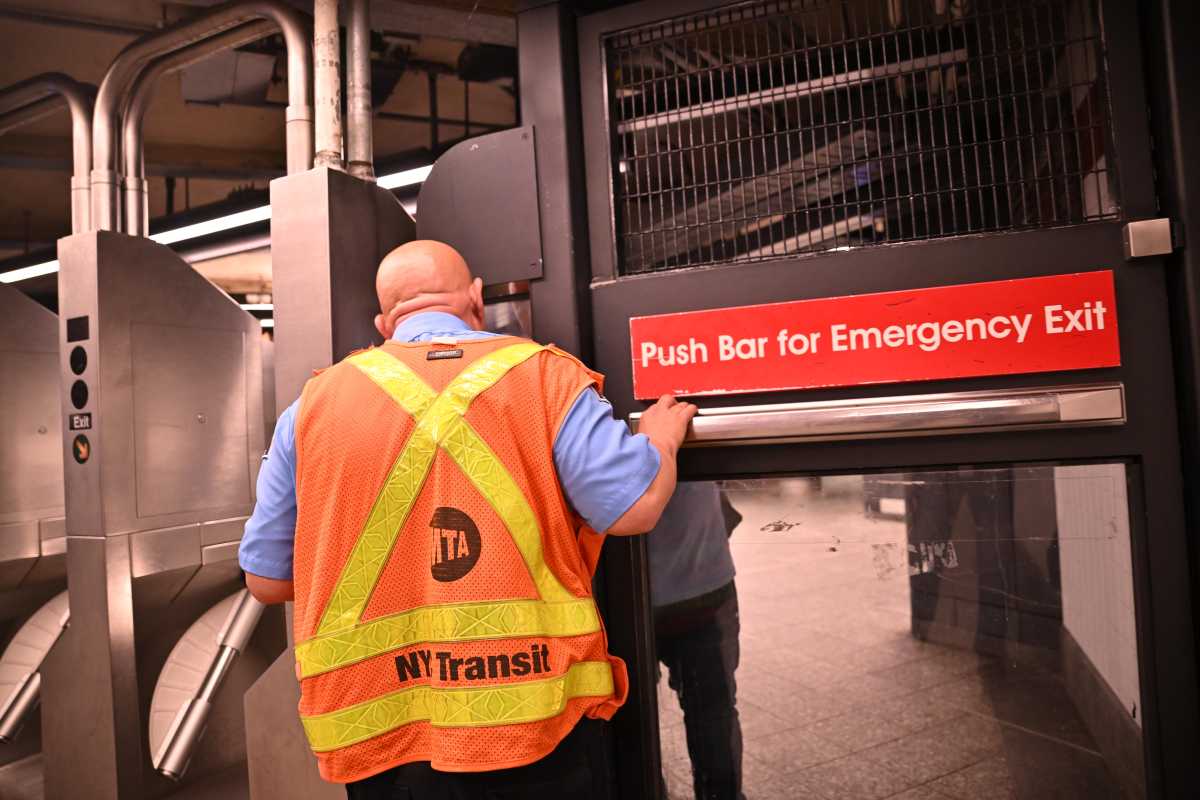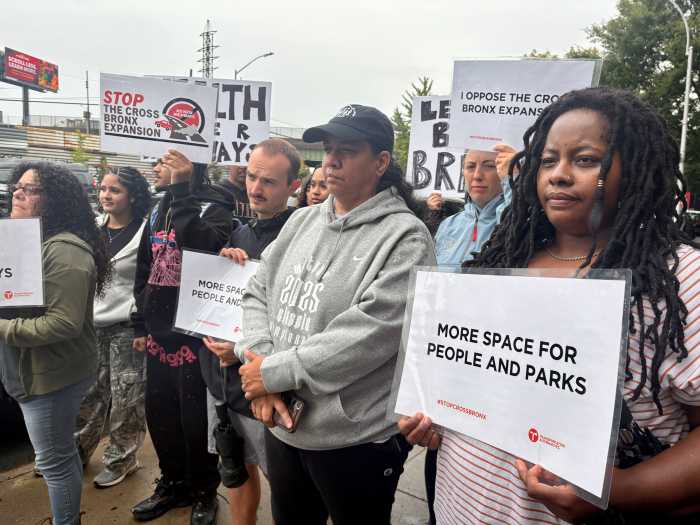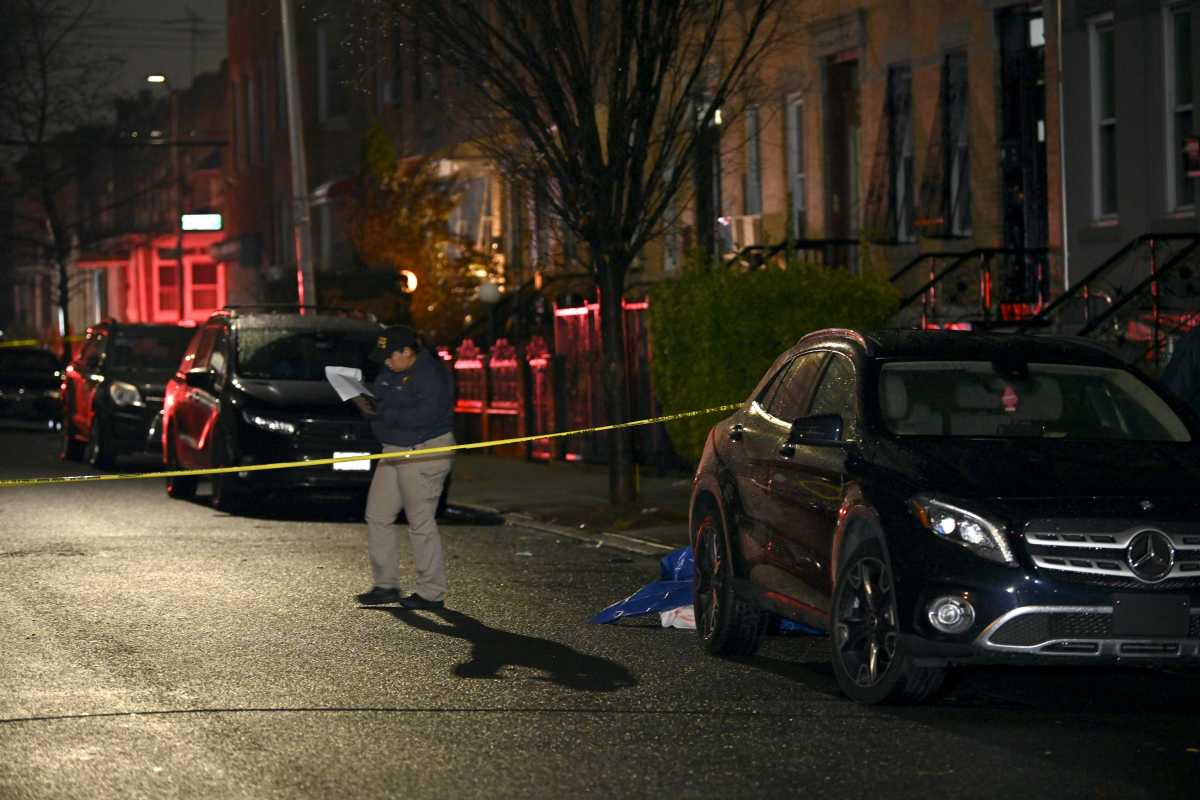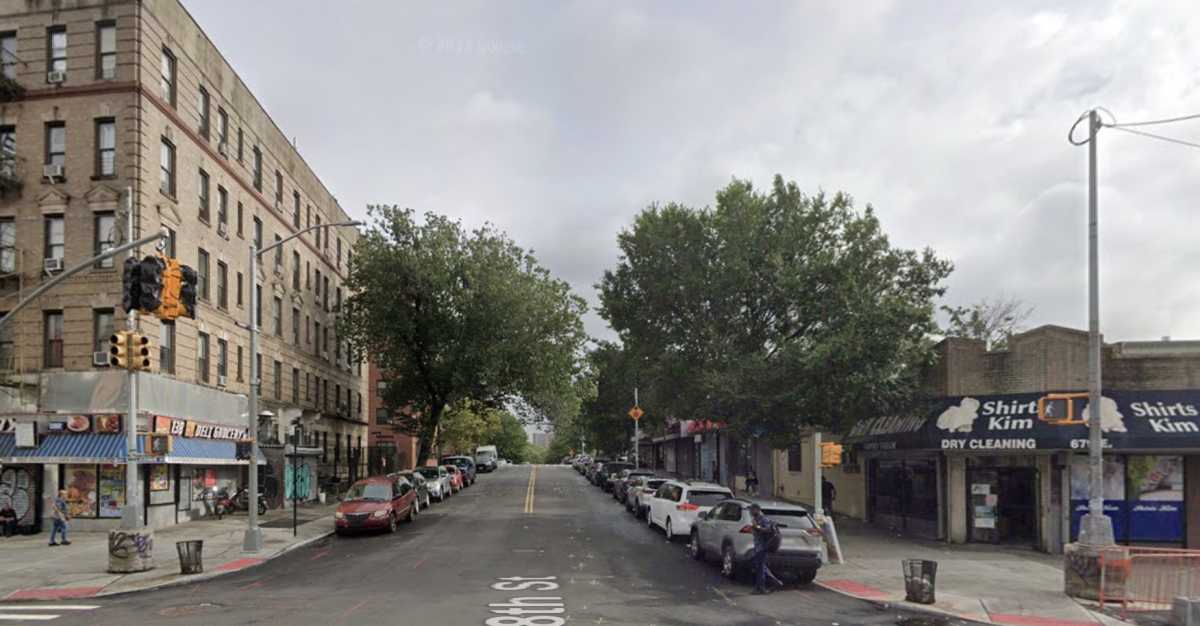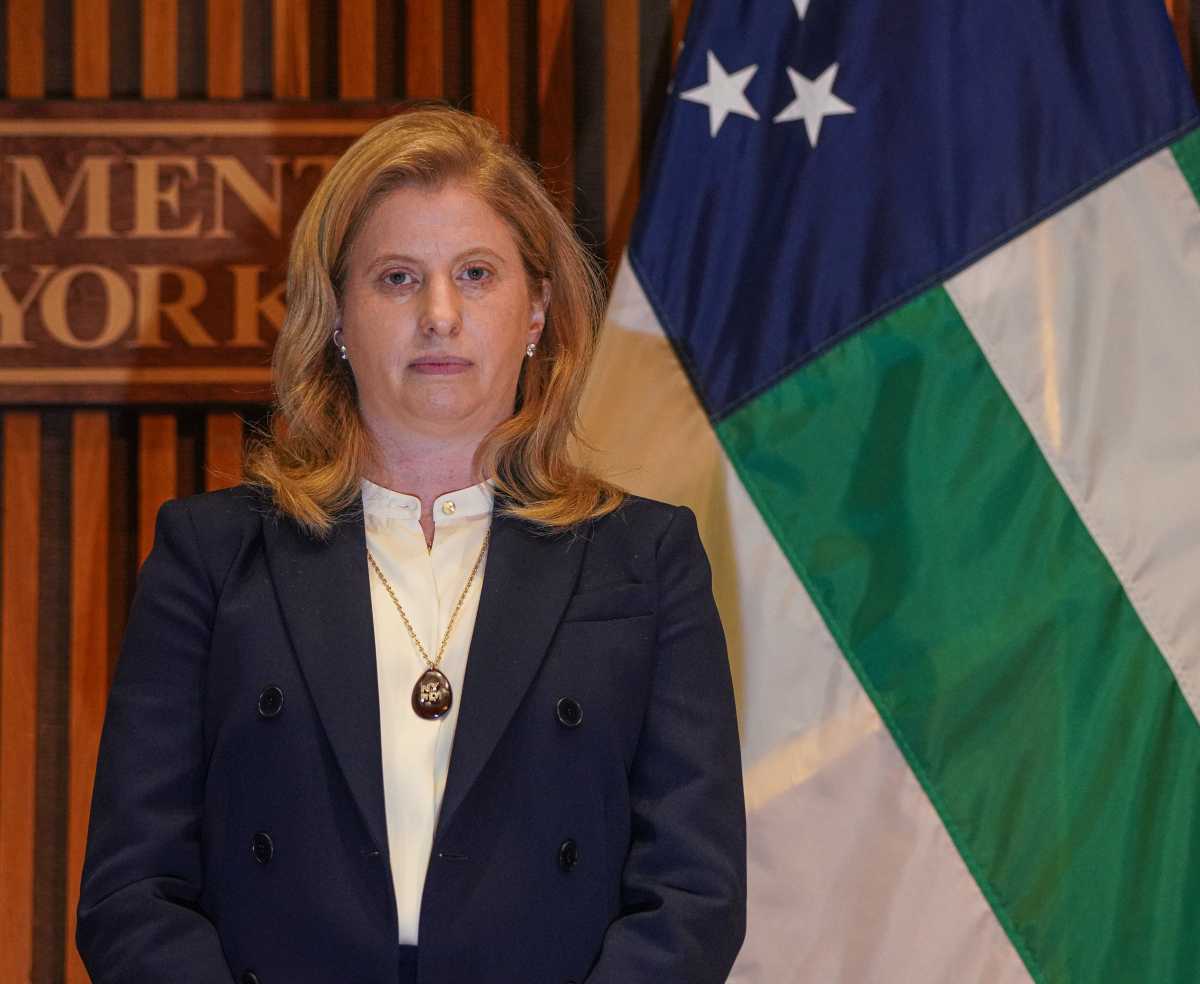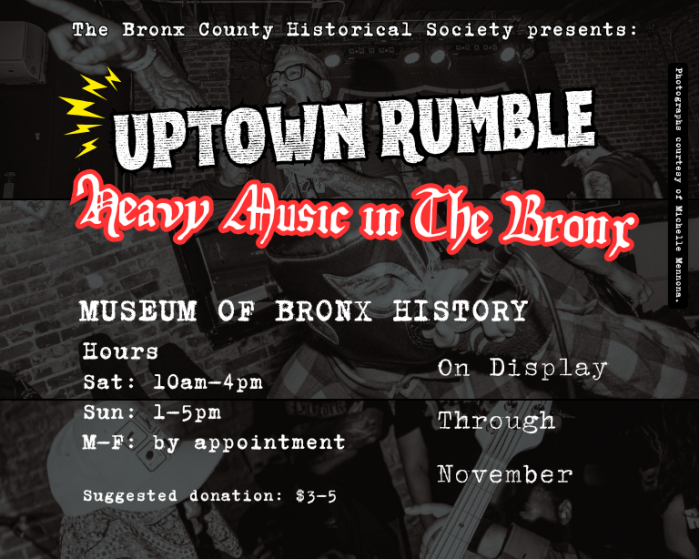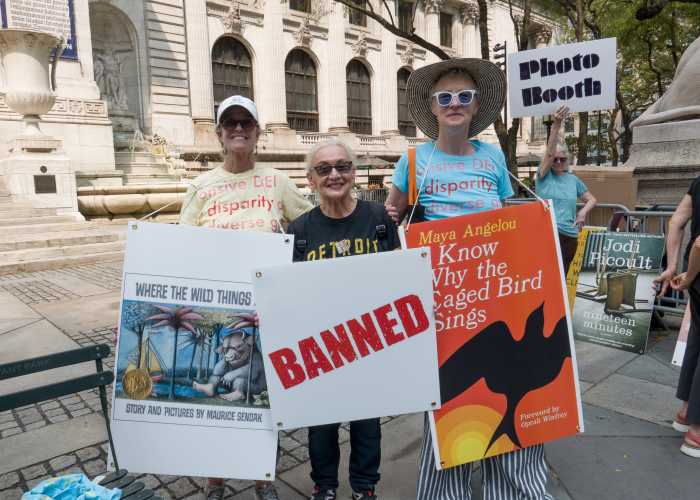The federal government has confirmed what most Bronxites already know: Woodlawn Cemetery is one of the most historically-rich places in the country.
On Thursday, June 30, U.S. Senator Kirsten Gillibrand announced that the cemetery has been named a National Historic Landmark by the U.S. Department of the Interior. Gillibrand had been lobbying for Woodlawn since October.
As a National Historic Landmark, Woodlawn Cemetery is now eligible for certain grants, and is protected from any physical changes that would come as a result of any federally-funded government infrastructure improvements. Considering Woodlawn Cemetery borders the Major Deegan Expressway, that’s a big deal.
Susan Olsen lives in Woodlawn and has been the cemetery’s director of historical services for the past decade. She spent an entire year working on its 108-page National Historic Landmark application. It was submitted in 2009.
Two years and one presentation before an official review committee later, it has been approved. Needless to say, Olsen is thrilled.
“We are so happy! It’s better than graduating from college, and it takes just as long,” Olsen said. “It’s very important for Woodlawn, not only because it’s prestigious because there are so few, but it provides a lot of protections.”
There are 2,468 National Historic Landmark sites in the country. Woodlawn, where over 310,000 people are buried, is the seventh cemetery. Olsen said that Woodlawn employees felt as though they were racing against the clock considering there were only a handful of resting places named before it.
“They’re really looking for the best example of something in the country,” she said. “And we thought if we don’t get a landmark soon, they will only name so many cemeteries.”
Woodlawn, which will turn 150 in 2013, was chosen mainly for the architecture of its mausoleums and tombs, as well as sheer size. It occupies 400 acres.
Another mark in its favor is the roster of A-list historical figures buried there.Literary giants such as Herman Melville, musical pioneers like Celia Cruz, and political figures like Fiorello La Guardia all made Woodlawn their final resting place. Not to mention the lesser-known, but equally important people in history, such as victims of the 1800s flu epidemic.
“You have this broad array of people, so there are all these different pieces of New York history, dating all the way back to the post-Civil War era,” said Olsen.
After four years of applications, presentations and waiting, a little nudge from Sen. Gillibrand may have pushed Woodlawn over the edge, and into National Historic Landmark status.
“This is great news,” Gillibrand said in a statement. “Woodlawn Cemetery’s importance is indisputable. Designating the cemetery as a National Historic Landmark will help preserve the city’s heritage and maintain the memorial grounds that are recognized worldwide.”
Borough President Ruben Diaz Jr. also lobbied the feds, and issued a statement expressing his pleasure that the Bronx has another National Historic Landmark.
“It is vitally important to preserve our nation’s history for our selves and for the generations to come,” Diaz said. “Without our history we do not know where we came from and we do not know where we are headed.”


